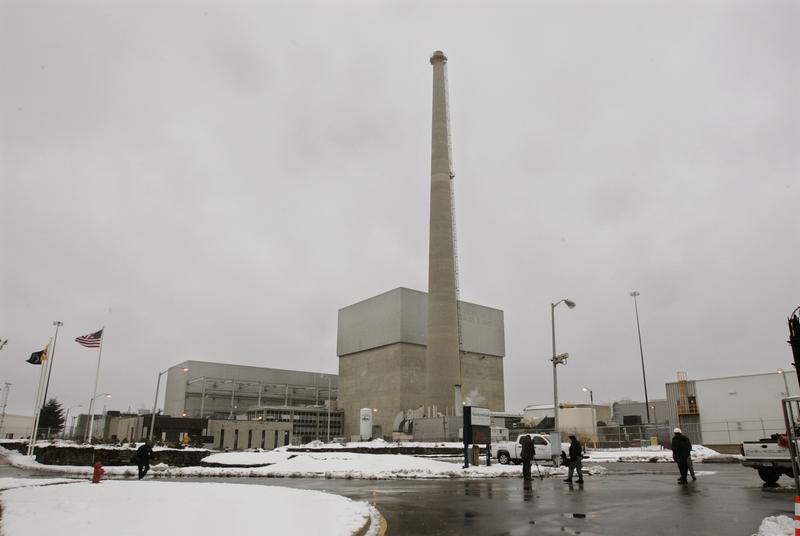
Not just one but two nuclear power plants in New York and New Jersey are expected to close in the next three years, raising questions about how the region will make up for the loss of electricity they generate.
The Oyster Creek Generating Station in Lacey Township, N.J., will close in October 2018, more than a year ahead of schedule. The Indian Point Energy Center in Buchanan, N.Y. is set to close in 2021.
The two sites are among 99 aging nuclear plants in the United States. Many are no longer cost-efficient and pose risks for worker safety and environmental damage. But closing them can be a complicated matter. States must find alternate sources of power, and find ways to make up for the loss of local tax revenues and jobs.
Yes, Jackson Morris, the eastern region director of the Natural Resources Defense Council's climate and clean energy program, says that those obstacles can be surmounted with sufficient planning.
"Nothing is irreplaceable," Morris told WNYC's Sean Carlson. "What you need is the time and the foresight and the thoughtful efforts by regulators to get ahead of that transition."
The process can take decades, he said. Nuclear plants must navigate federal and state regulations before safely storing nuclear waste, which is typically kept at the plant even after it closes.
"It's not the same as shutting down a strip mall and putting the keys away and walking away," Morris said.
